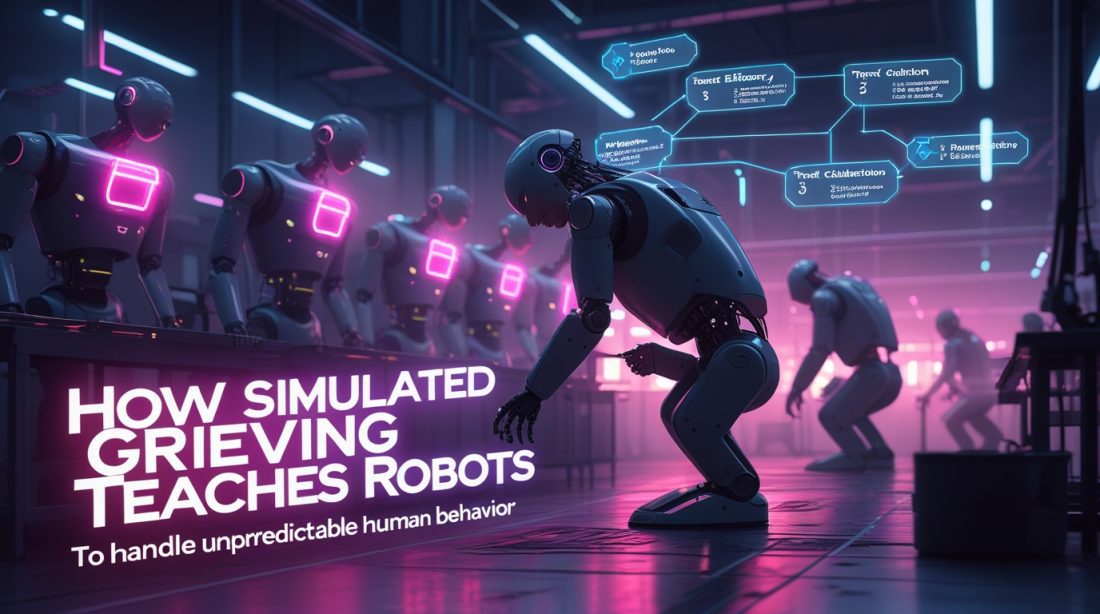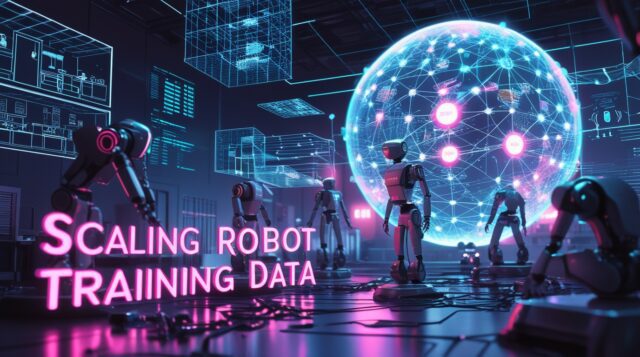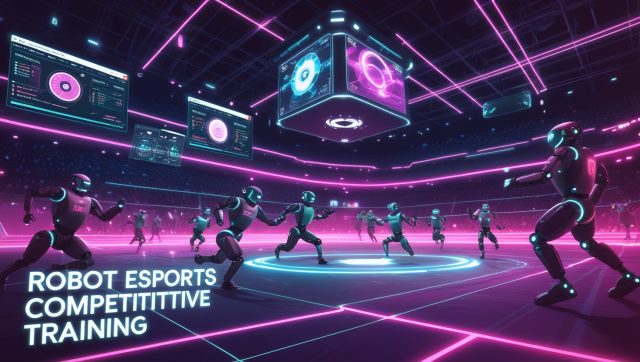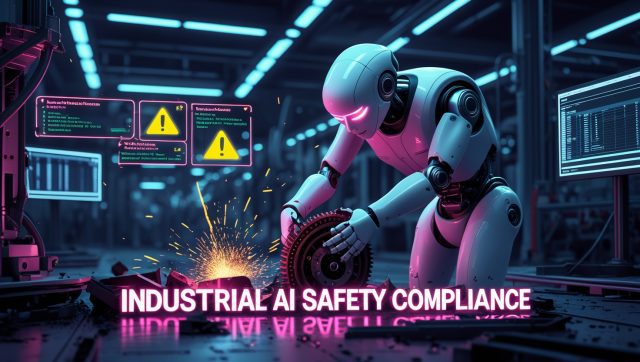TL;DR
How Simulated Grieving Teaches Robots to Handle Unpredictable Human Behavior is the focus of this article, which explores cutting-edge research where robots are trained through simulated grieving processes—learning from robot regret in AI and unexpected outcomes—to better adapt to the inherent unpredictability of human actions in industrial settings. We delve into the “admissible strategy” in robotics developed at CU Boulder, explain why trust calibration between humans and robots is the missing link in human-robot collaboration (HRC), and analyze what this means for the future of manufacturing with AI.
The core insight: by embracing strategies that account for uncertainty and emotional weight, robots can transition from rigid tools into adaptable industrial robots that work synergistically with humans.
The Unpredictable Human Element
In an auto manufacturing plant, a robot efficiently assembles car doors while a human worker conducts quality checks. Suddenly, the human, perhaps distracted or fatigued, stumbles into the robot’s pre-programmed path. The robot faces a critical decision: complete its task on time or ensure the safety of its colleague.
This scenario represents a fundamental challenge in modern industry: how do robots learn to work with humans safely in environments full of unpredictability? For deeper insights into how AI is transforming manufacturing, check out how industrial AI agents slash energy costs in manufacturing in 2025.
Why Robots Struggle with Human Unpredictability
The Limits of Pre-Programmed Logic
Industrial robots have historically operated in cages, physically separated from people. With no real-time robot adaptation algorithms, they cannot improvise when humans act outside expected patterns. In human-robot collaboration (HRC), this leads to poor trust calibration between humans and robots, where over-trust or under-trust both create safety risks. For a broader look at how robots are overcoming traditional limitations, explore why 2025 industrial robotics trends crush manufacturing challenges.
The “Win” vs. “No Regret” Mentality
Traditional robots optimize for efficiency, but humans need robots that can minimize harm. Research now focuses on what is an admissible strategy in robotics—approaches that weigh safety, efficiency, and adaptability, even if it means small sacrifices in speed. This shift introduces robot regret in AI, where systems evaluate whether they might “regret” their choice later if it causes harm. To understand how AI safety protocols are evolving, read about industrial AI safety compliance in robotics for 2025.
How “Robot Regret” and Simulated Grieving Foster Adaptability
Learning from the “What Ifs”
Morteza Lahijanian’s robot research emphasizes regret-based reasoning: robots simulate outcomes, learn from “what might have been,” and act with reduced future regret. These are essentially robots that learn from mistakes. This approach aligns with advancements in AI-driven decision-making, as discussed in a recent study from MIT’s Computer Science and Artificial Intelligence Laboratory, which highlights how robots can adapt to complex scenarios.
The Game Theory Approach
By applying game theory for robot decision making, Lahijanian’s team treats collaboration as a dynamic game. Robots don’t try to predict every move; instead, they build flexible strategies that can adapt to both experts and novices. This mirrors broader trends in AI adaptability, such as those seen in how reinforcement learning for robotics training transforms industry.
A Fictional Anecdote: The Case of the Dropped Tool
A cobot working with Maria, an assembly line worker, recognizes when she fumbles a tool. Instead of following its rigid path, the cobot applies how cobots adapt to human error logic: it pauses, recalculates, and chooses a safer trajectory. This illustrates AI adaptability in industrial settings and how collaborative robot safety features prevent harm while allowing work to continue efficiently. For more on cobot advancements, see solving the top cobot deployment challenges in 2025.
The Tangible Benefits of Adaptable Industrial AI
- Enhanced Safety: Robots equipped with collaborative robot safety features dramatically reduce accidents. Learn how safety is prioritized in how industrial AI robotics works in airport logistics.
- Increased Efficiency: Removing cages allows for smoother workflows, showing the benefits of adaptable industrial robots.
- Reduced Cognitive Load: Reducing cognitive load in HRC improves focus and satisfaction for human workers, since they trust robots to handle unpredictability. This concept is further explored in a detailed report by IEEE Spectrum on human-robot interaction.
Why the Future of Manufacturing with AI Relies on Trust Calibration
The future of manufacturing with AI lies in synergistic human-robot teams. By combining human intelligence and creativity with robotic precision, industries achieve safer, more efficient collaboration. However, achieving this requires robust trust calibration between humans and robots, ensuring neither over-reliance nor distrust undermines the partnership. For insights into how AI is reshaping collaborative workflows, check out why robot behavior influence boosts industrial AI in 2025.
At the same time, society must address the ethical implications of adaptive AI and ensure compliance with industrial AI safety regulations so robots remain transparent and accountable. The World Economic Forum’s report on AI ethics underscores the need for transparent AI systems to maintain public trust.
FAQ
Does “simulated grieving” mean robots have feelings?
No. It’s a metaphor for algorithms that allow robots that learn from mistakes by weighing outcomes and avoiding harmful choices.
How is this different from standard machine learning?
It integrates real-time robot adaptation algorithms, game theory for robot decision making, and trust calibration between humans and robots—beyond just data training.
Are there ethical concerns?
Yes. The ethical implications of adaptive AI include accountability, transparency, and the “responsibility gap” if a robot’s decision causes harm. That’s why strong industrial AI safety regulations are essential.
Stay Updated on the Future of AI
The field of industrial AI is evolving quickly. Subscribe to our newsletter for monthly insights on how to improve human-robot collaboration, the latest collaborative robot safety features, and the growing role of adaptive AI in unpredictable environments.



